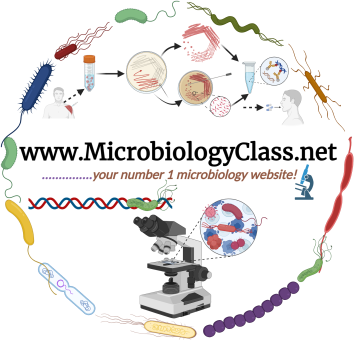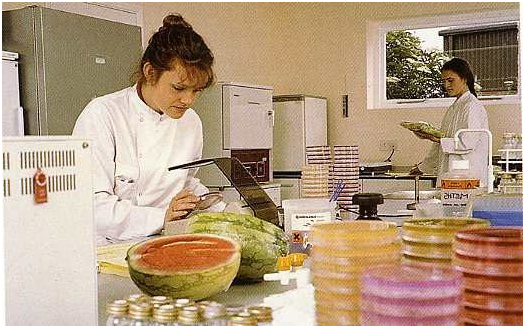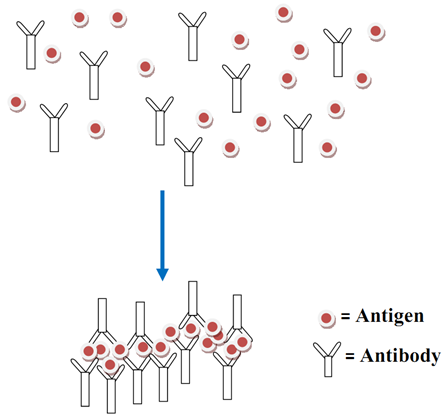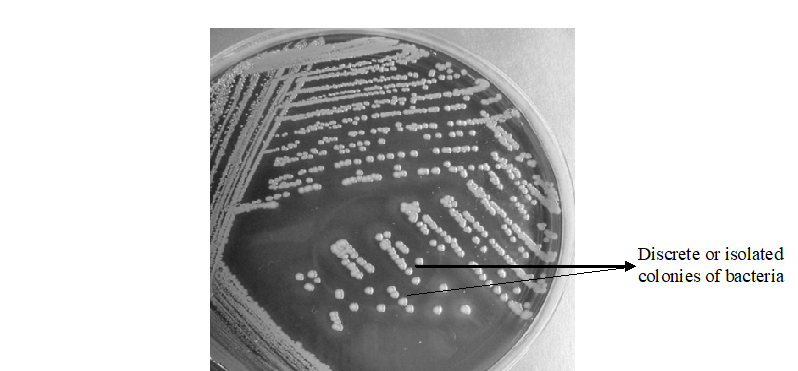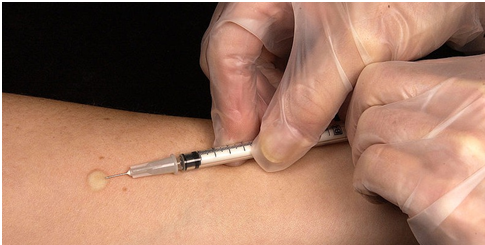POTENTIALS OF MICROBES IN FOOD PRODUCTION
Microorganisms inclusive of bacteria and fungi play tremendous roles in sustainable agriculture. And these organisms used for food production including bacteria and fungi have been found to improve the health status of the consumers. Due to the prevailing shortage of food or food scarcity in some parts of the world; microbes are currently being applied […]
POTENTIALS OF MICROBES IN FOOD PRODUCTION Read More »
Food Microbiology, Industrial Microbiology